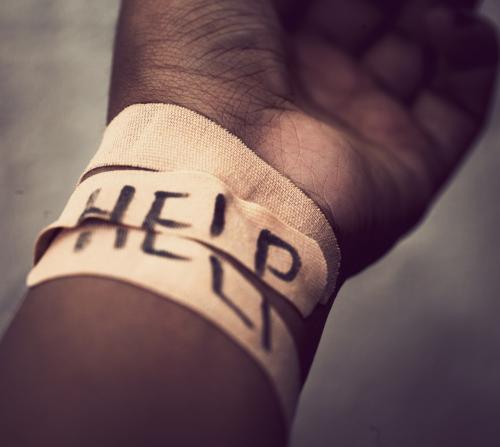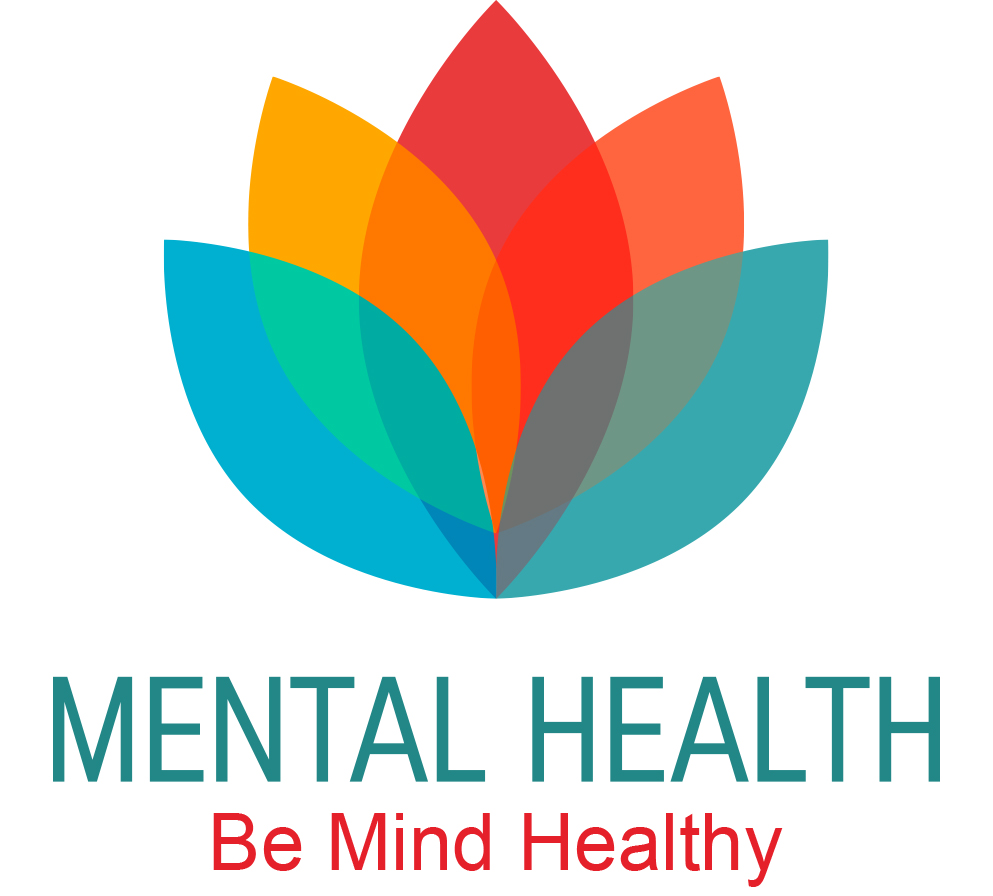
Self-harm or self-injury means hurting yourself on purpose. One common method is cutting with a sharp object. But any time someone deliberately hurts themself is classified as self-harm. Some people feel an impulse to cause burns, pull out hair or pick at wounds to prevent healing. Extreme injuries can result in broken bones.
Hurting yourself—or thinking about hurting yourself—is a sign of emotional distress. These uncomfortable emotions may grow more intense if a person continues to use self-harm as a coping mechanism. Learning other ways to tolerate the mental pain will make you stronger in the long term.
Self-harm also causes feelings of shame. The scars caused by frequent cutting or burning can be permanent. Drinking alcohol or doing drugs while hurting yourself increases the risk of a more severe injury than intended. And it takes time and energy away from other things you value. Skipping classes to change bandages or avoiding social occasions to prevent people from seeing your scars is a sign that your habit is negatively affecting work and relationships.
Source: https://www.nami.org/
Self-harm is not a mental illness, but a behavior that indicates a need for better coping skills. Several illnesses are associated with it, including borderline personality disorder, depression, eating disorders, anxiety or posttraumatic distress disorder.
Self-harm occurs most often during the teenage and young adult years, though it can also happen later in life. Those at the most risk are people who have experienced trauma, neglect or abuse. For instance, if a person grew up in an unstable family, it might have become a coping mechanism. If a person binge drinks or uses illicit drugs, they are at greater risk of self-injury, because alcohol and drugs lower self-control.
The urge to hurt yourself may start with overwhelming anger, frustration or pain. When a person is not sure how to deal with emotions, or learned as a child to hide emotions, self-harm may feel like a release. Sometimes, injuring yourself stimulates the body’s endorphins or pain-killing hormones, thus raising their mood. Or if a person doesn’t feel many emotions, they might cause themself pain in order to feel something “real” to replace emotional numbness.
Once a person injures themself, they may experience shame and guilt. If the shame leads to intense negative feelings, that person may hurt themself again. The behavior can thus become a dangerous cycle and a long-time habit. Some people even create rituals around it.
Self-harm isn’t the same as attempting suicide. However, it is a symptom of emotional pain that should be taken seriously. If someone is hurting themself, they may be at an increased risk of feeling suicidal. It’s important to find treatment for the underlying emotions.
Source: https://www.nami.org/
Perhaps you have noticed a friend or family member with frequent bruises or bandages. If someone is wearing long sleeves and pants even in hot weather, they may be trying to hide injuries or scarring.
Keep in mind that this is a behavior that might be part of a larger condition and there may be additional signs of emotional distress. They might make statements that sound hopeless or worthless, have poor impulse control, or have difficulty getting along with others.
If you’re worried a family member or friend might be hurting themself, ask them how they're doing and be prepared to listen to the answer, even if it makes you uncomfortable. This may be a hard subject to understand. One of the best things is to tell them that while you may not fully understand, you’ll be there to help. Don’t dismiss emotions or try to turn it into a joke.
Gently encourage someone to get treatment by stating that self-harm isn’t uncommon and doctors and therapists can help. If possible, offer to help find treatment. But don’t go on the offensive and don’t try to make the person promise to stop, as it takes more than willpower to quit.
Source: https://www.nami.org/
